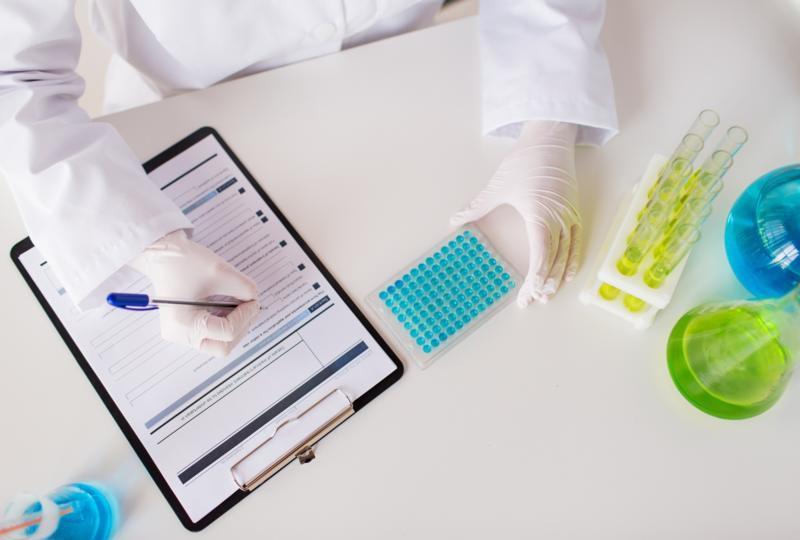Cytometry May Be a Breakthrough For Rheumatoid Arthritis
Results led to several important discoveries
The researchers gathered that the synovial cellular composition (which is determined both by mass cytometry and flow cytometry) were highly consistent in myeloid cells, B cells, T cells, endothelial cells, and synovial fibroblasts.
Tissues that had been extracted from elective surgical procedures offered many different levels of inflammation; however, the tissues that were taken from biopsies offered much higher inflammation levels when compared to OA tissues. A heightened number of lymphocytes were also evaluated, by way of flow cytometry. A significant increase of lymphocytes within tissue was believed to be correlated to histologic inflammation. This data supports what was found in the flow cytometric analysis.
A principle component analysis of the synovial flow cytometry data was conducted, and three samples of RA arthroplasty, which is a joint surgery that many undergo, were uncovered. The samples were said to be reminiscent of those that had been previously seen in the RA biopsy tissues. They offered more inflammation, as discovered by histology. Molecular heterogeneity was established in synovium for rheumatoid arthritis patients by the use of enduring transcriptomic profiling of sorted synovial cells that had been extracted from the arthroplasty samples.



